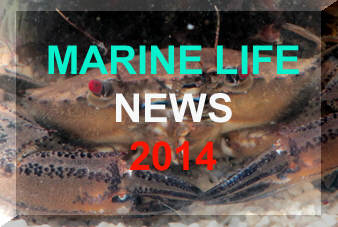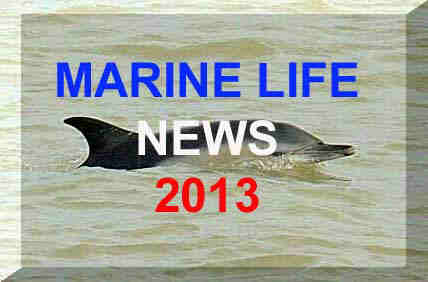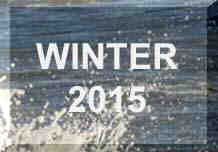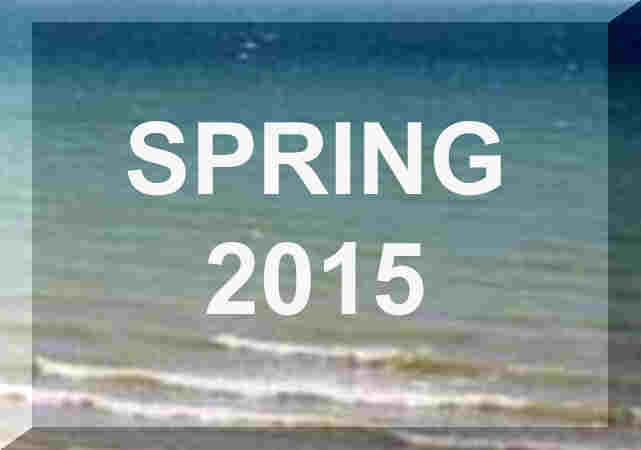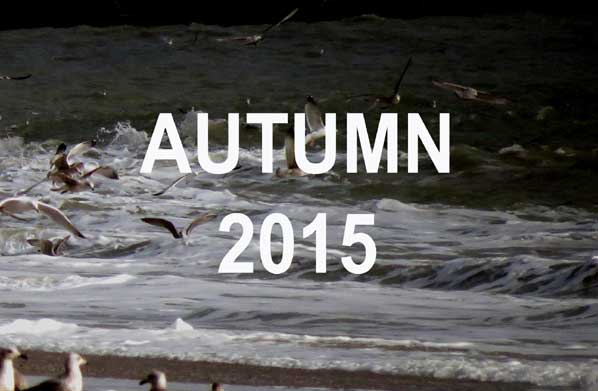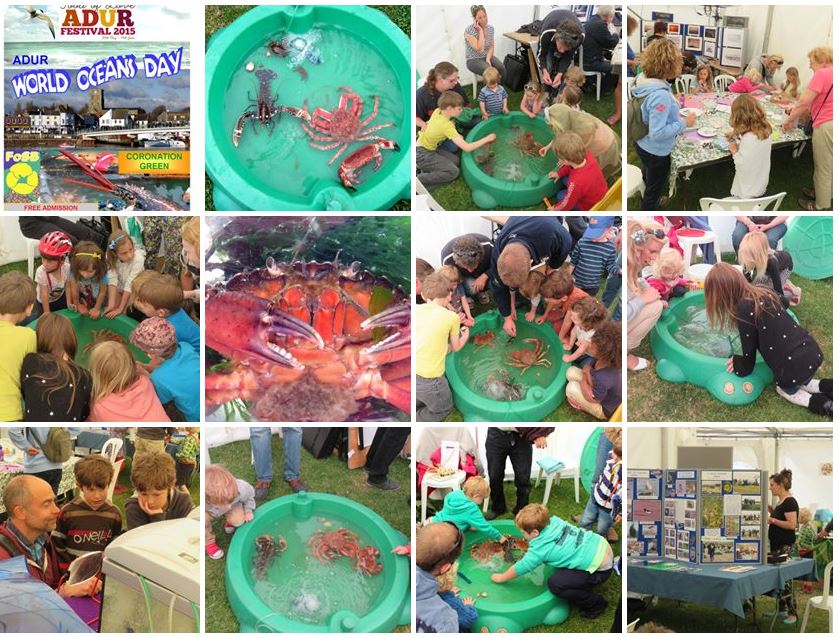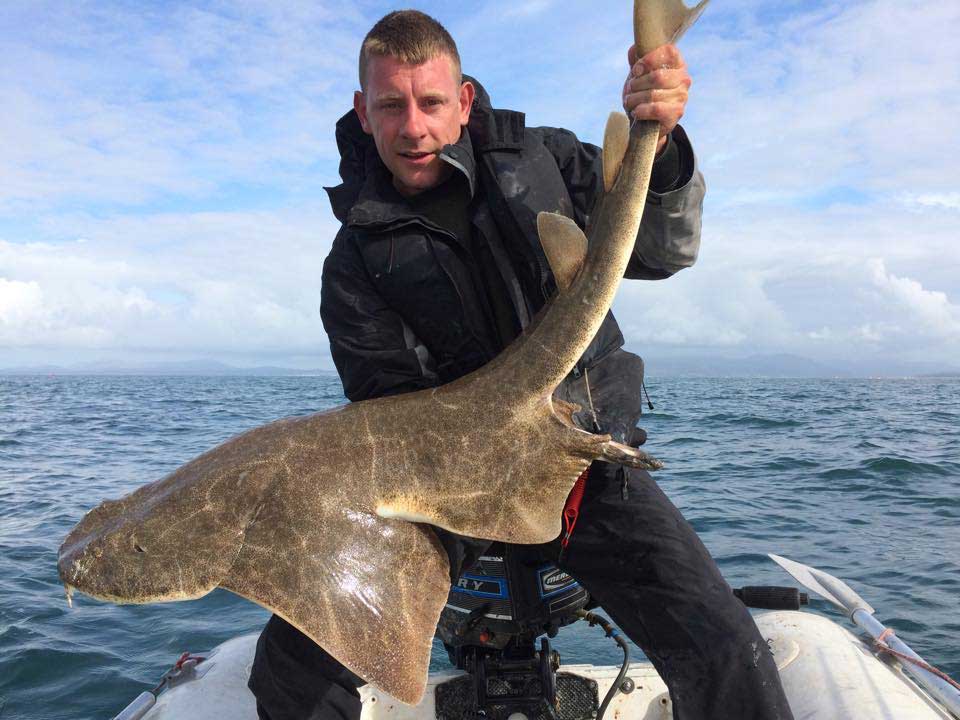LATEST
NEWS:
Late
November - December 2015
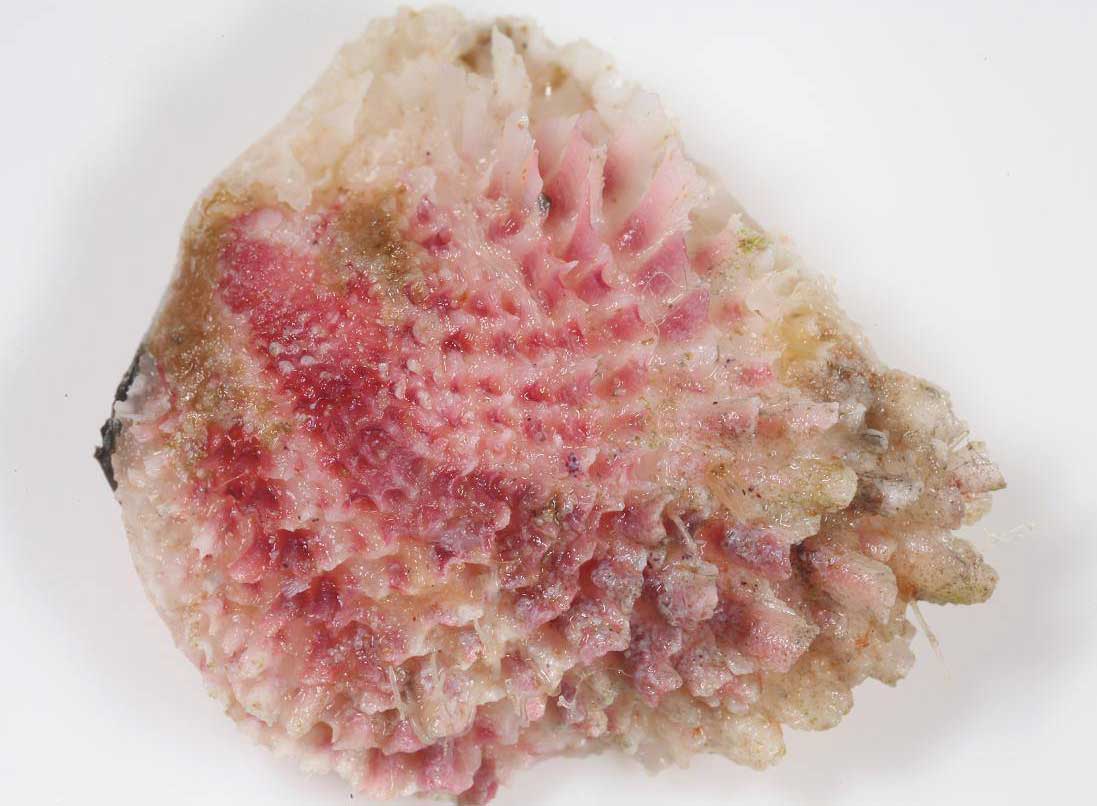
|
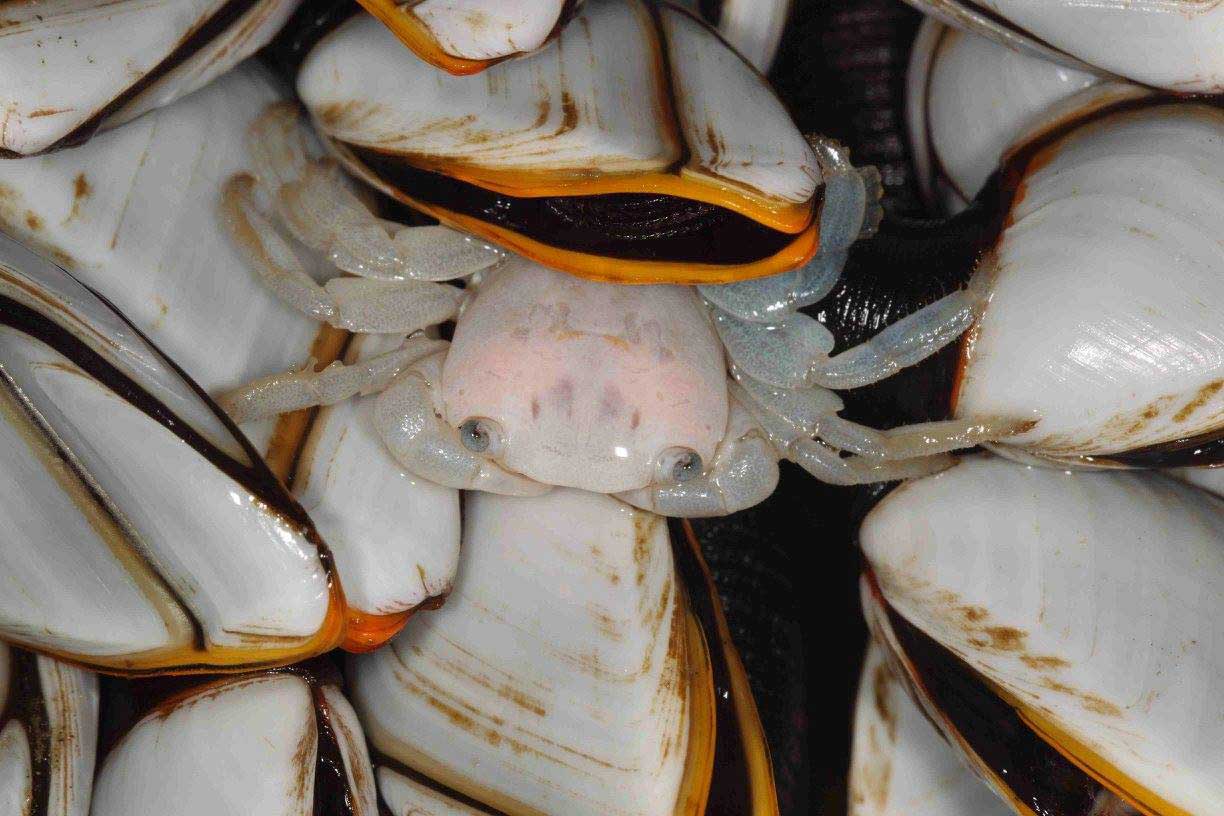
|
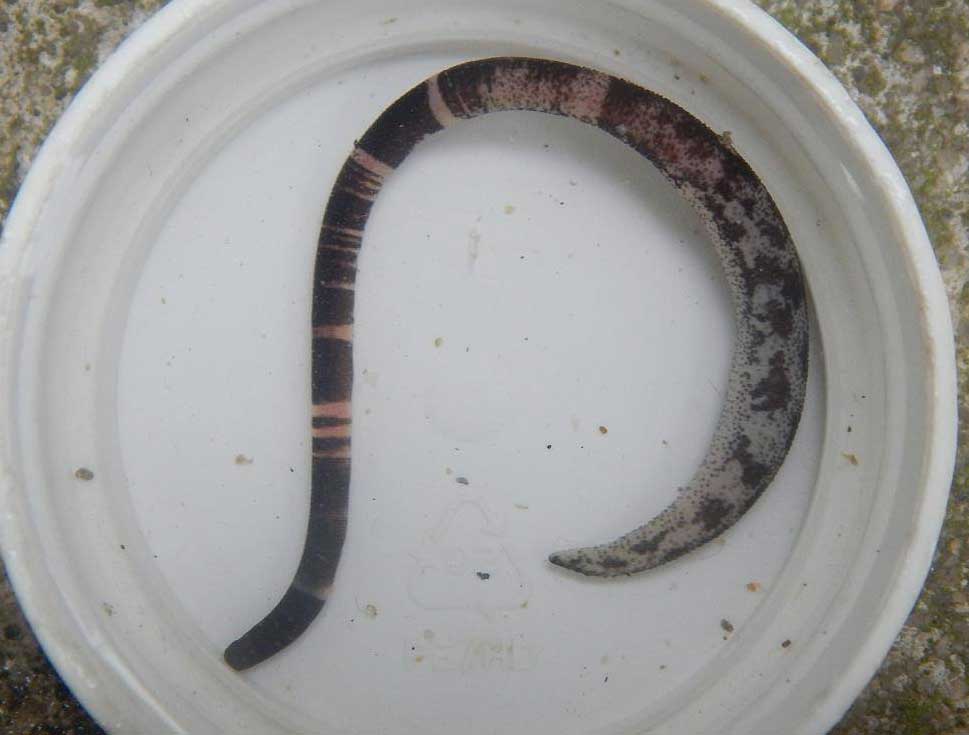
|
|
Chama
florida
|
Planes
minutus
|
sipunculan
Phascolosoma
(Phascolosoma) granulatum
|
Debris
washed across the Atlantic Oceans housed pelagic
visitors rarely, if ever, recorded in British seas. The finds included
Florida
Rock Shells, Stramonita
floridana, found by Steve
Trewhella living on a Goose
Barnacle covered long line buoy found at Chapmans
Pool, Dorset; over fifty tiny Columbus
Crabs,
Planes minutus. amongst
the wrecks; miniature amphipods Caprella andreae;
and a very special find of the tubes of the tiny Thimble
Jellyfish Linuche
unguiculata,
by Steve Trewhella
on Chesil Beach,
and by David
Fenwick Snr in Cornwall on flotsam.

|
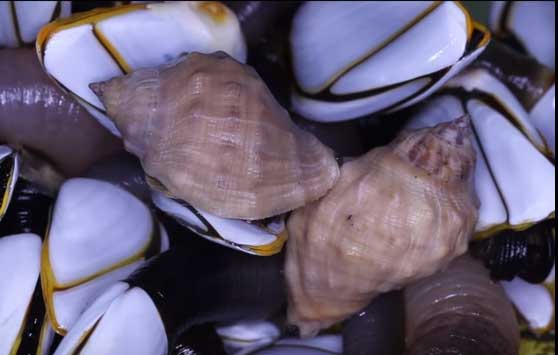 |
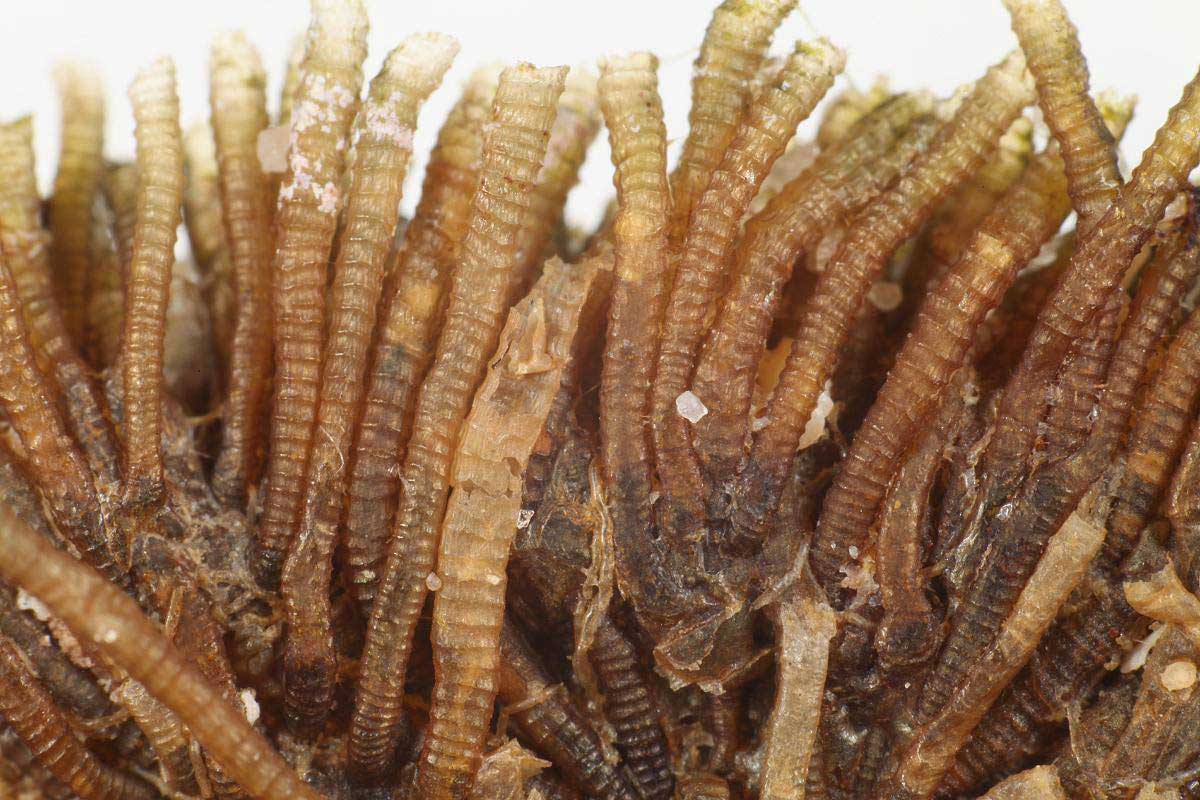
|
|
Cerithium
litteratum
|
Stramonita
floridana
|
Linuche
unguiculata
|
Also,
three 60 mm long native sipunculans Phascolosoma
(Phascolosoma) granulatum) were
found inside a buoy with seven Columbus Crabs
washed ashore on Cornwall. In November
another vagrant washed in from America was the Pretty
Jewel Box, Chama
florida. Tracey
Williams found a Scotty
bait pot on a beach near Newquay,
Cornwall, which contained ten attractive shells of Cerithium
litteratum, a Caribbean gastropod
mollusc
never seen before on British mainland shores.
The
snails would have entered the pot as larvae, living on algae growing on
the inside. David Fenwick Snr also
discovered the bivalve mollusc shells
of the Crested Oyster Ostrea
equestris, Isognomon
bicolor and Isognomon
radiatus all attached to the same
bucket washed ashore at Marazion,
south Cornwall.
List
of trans-Atlantic rafting species (Aphotomarine)
BMLSS
Strandlining/Beachcombing
8
December 2015
An
astonishing discovery of the remains of a significant
complex of Bronze Age buildings were revealed
on a kilometre stretch of beach at Tres
Ness on the island of Sanday
in the Orkney Islands.
The four thousand year old remains of 14 houses and stone tools, including
knives, were uncovered by wind and sea that moved the sand dunes which
had hidden them for over three millennia.
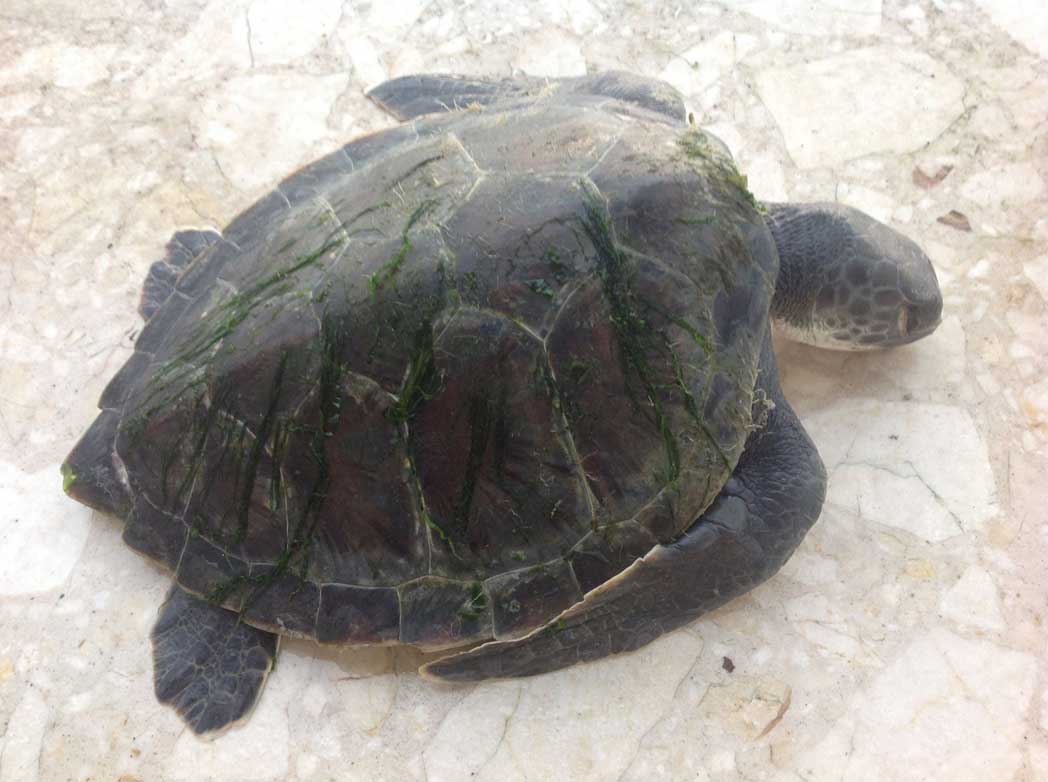 7
December 2015
7
December 2015
A
Green
Turtle, Chelonia
mydas, was found dead stranded
at Porthmadog in
Gwynedd, Wales. The approximately 25 cm long turtle was thought to have
possibly initially stranded alive, given its very fresh condition. The
body of the turtle was recovered from the beach by Gwynedd Maritime Services
and then taken to RSPCA Colwyn Bay for storage prior to pickup and transport
for post-mortem examination by the Cetacean
Strandings Investigation Programme UK (CSIP). This
is only the ninth record of this inhabitant of tropical seas (including
the Atlantic coast of Spain and the Mediterranean Sea) found in the sea
or on the shore around the British Isles.
Previous
Record
BMLSS
Turtles
24
August 2015
A
spectacular and very rare sighting of the a Blue Whale, Balaenoptera
musculus, occurred over very deep
water 250 miles off the Irish coast was made from the RRS
James Cook on a a five
week scientific expedition in the NE Atlantic. "The
largest creature on the Earth surfaced from the murk of a deep-sea canyon,
lingered just long enough for observers to grab a few pictures, and then
vanished from sight into the fog and rain." This
was only the fourth sighting in the seas surrounding the British Isles
since these great whales were hunted to near extinction nearly a century
ago. The Blue
Whale was spotted by the oceanographers over
the Whittard
Canyon which varies from 200 m to 4000m in depth and is an important
little explored biodiversity route from the very deep sea to the Continental
Shelf. A previous scientific sonar record
had discovered the presence of Blue
Whales off Fastnet in 2000.
This
expedition also noted the presence of twenty Fin
Whales, Balaenoptera
physalus, including seven seen around the
research vessel when the Blue Whale
surfaced. The
survey team also recorded a Broad-billed
Swordfish,
Xiphias
gladius, several
hundred metres below the surface using ROV
Isis.
Blog
of the Expedition
Submarine
Canyons
Previous
Sighting 2012
22
August 2015
A
shoal of over five hundred Bluefin Tuna, Thunnus
thynnus, was spotted off the coast of Cornwall.
The shoal was spotted by Duncan and Hannah
Jones who described the sea as heaving with
these large predatory fish. British fishing
vessels would not be allowed to target this protected species but French
or Spanish vessels might be able to land them legally.
A shoal of this size has not been seen for over 50 years. Tunnies,
or Tuna, used to be found in sufficient numbers to make the North
Sea, especially off Scarborough, an area famous for captures of the massive
Blue-fin Tunny. Their current decline since the early 1960ís was
because of low recruitment rates (whether natural or because of overfishing).
BMLSS
Tunnies
16
August 2015
Angel
Shark
about
to be returned to the sea
Photographs
by Michael
Griffiths
A large
two metre long (including the long tail) Angel
Shark, Squatina
squatina, was caught by Michael
Griffiths on road and line off Shell
Island,
north Wales. This very rare and protected
shark is thought to be extinct in the English Channel and still extremely
rare in Cardigan Bay.
Previous
Report 2015
BMLSS
Squatina
facebook
30
July 2015
A
Beluga,
(=White Whale), Delphinapterus
leucas, was spotted and videoed
by George Watson
swimming close to shore near Dunseverick,
County Antrim, Northern Ireland.
This Arctic
species is rarely (one every three years) recorded around the British Isles.
(Not
all records are shown on the BMLSS News pages.)
Previous
BMLSS Report 2005
16
June 2015
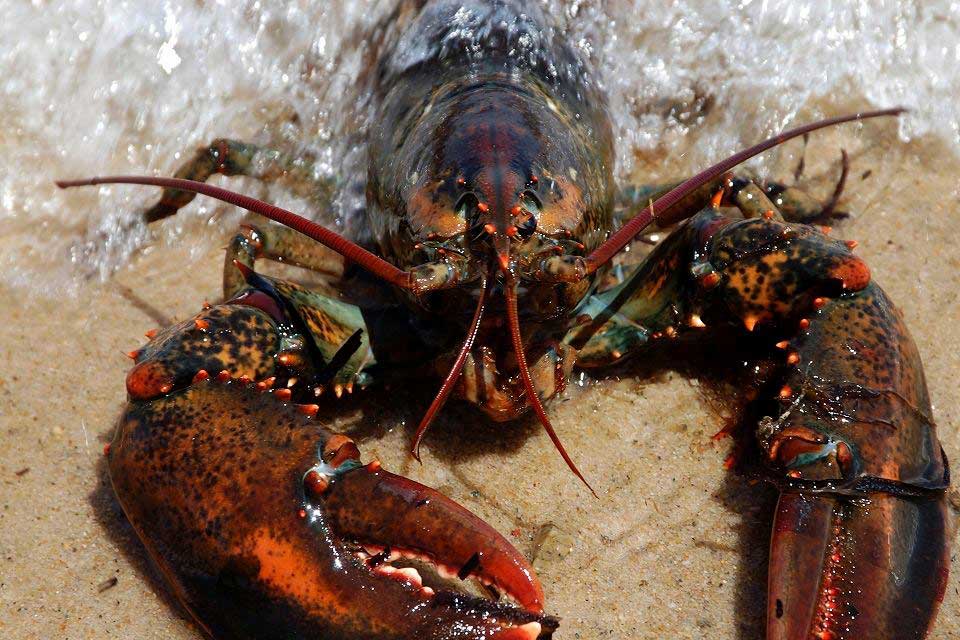
American
Lobster
Marine
Management Organisation
Image
A small
number of fishermen on the Sussex coast are reporting catches of non-native
American
Lobster,
Homarus
americanus, and Dungeness Crabs,
Metacarcinus
magister, in an area in the vicinity
of Brighton on the Sussex coast.
Captures
should be retained and it is illegal to return non-native species to the
sea. Report finds to to IFCAor
the MMO.
Dungeness
Crab
Photographs
by George Sutton
on
Fishing
News
facebook
This
crab was caught in nets off Brighton by George Sutton, who also caught
an American Lobster
on 19 June 2015.
BMLSS
Lobsters
15
June 2015
A
Swordfish,
Xiphias
gladius, was
washed up dying on Severn
Beach at the mouth of the River Seven where the Bristol Channel narrows.
BMLSS
Swordfish Reports
20
March 2015
A
small Angel Shark, Squatina
squatina,
was a rare capture off Douglas,
Isle of Man.
Previous
Report 2010
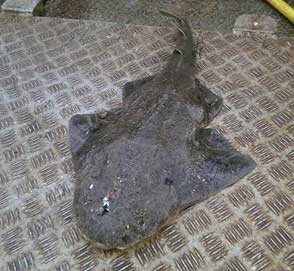
Angel
Shark
Photograph
by Grant Lopes
This
large stocky angel shark was formerly a common and important demersal predator
over large areas of its coastal and outer continental shelf sediment habitat
in the North-east Atlantic, Mediterranean and Black Seas. It now appears
to be absent from the English Channel where it was caught back in 1969.
This
protected
shark is classified as "Critically Endangered".
Red
List entry
OSPAR
Assessment
MarLIN
Records
Shark
Trust Factsheet
November
2014 - March 2015

Eggs
Cases of the Flapper Skate
Photographs
by Penny Martin
Over
four thousand eggcases of the now rare
and endangered
Flapper Skate,
Dipturus
intermedia, (=Diptrus
batis*)
were discovered washed ashore on just three beaches in the Orkney
Isles. They were found on the remote shores of Skaill
Beach, Bay of Birsay
and Aikerness
Beach, on West Mainland.
IUCN
Red List Entry
Orkney
Skate Trust
* In 2009,
research showed what was formerly listed as a single species, Dipturus
batis, should be instead classified as two separate species, Dipturus
flossada, and the Flapper Skate, Dipturus
intermedia.
BMLSS
Mermaid's Purse: Skate
Previous
Report
20
February 2015
A
distant photograph of a large humped whale
off Par Beach on the island of St
Martin's, Isles of Scilly, proved a puzzle at first because the whale
lacked a dorsal fin. Expert opinion agreed that this was an unusual record
of a juvenile Bowhead Whale, Balaena
mysticetus, a species of right
whale usually only found in icy Arctic
seas. This was the first ever discovery in
British seas.
BMLSS
Cetaceans
British
Marine Life News 2012

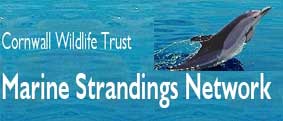
BMLSS
Oil Disasters page



